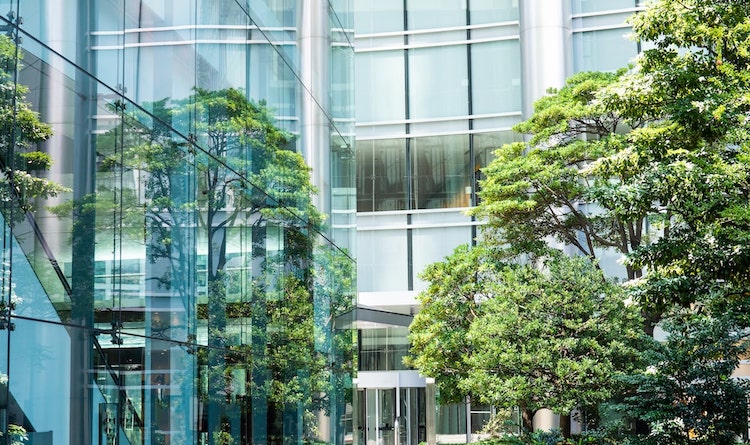The British Chamber of Commerce’s (BCC) third quarterly economic survey of 2014 has sent out a cautious note in relation to the economy’s growth rate, and the manufacturing sector in particular. This is reflected in the survey’s comments regarding manufacturing in 2015, which suggest that the share of manufacturing as a total of UK output may shrink further, continuing the downward trend of recent decades.
There are some positive prospects, including those contained in the speech of the BCC Director General John Longworth earlier this month, which highlighted growth opportunities overseas. The Director General’s message is that whilst challenging for businesses, those that do focus on increasing exports grow on average 20% more than businesses that do not export.
There are therefore opportunities for growth, even in the face of the BCC quarterly report, and now may be a good time to consider future requirements for additional space. This is particularly so due to the introduction, on a temporary basis, of a relaxation of restrictions on permitted development rights.
Permitted development rights allow certain types of development to occur without the need to obtain planning permission beforehand, with resulting savings in both time and expense. This is not to be underestimated given the well-publicised criticism of both costs and delays to development brought about by the planning system.
Industrial and warehouse development benefit from a number of permitted development rights. The majority of these had been in force for some time and are well known. They include:
- the erection, extension and alteration of industrial buildings or warehouses (subject to certain parameters)
- the installation of additional or replacement plant or machinery
- the provision, rearrangement or replacement of a sewer, main, pipe, cable or other apparatus or the provision, rearrangement or replacement of a private way, private railway, siding or conveyor
- the provision of hard-standing within the curtilage of industrial building or warehouse or the replacement of such a surface
- the construction of a refuse or cycle store within the curtilage of an industrial building or warehouse
As noted above, the Government has recently relaxed the floor space restrictions on the first of these permitted development rights in order to encourage development. This relaxation will apply to development that takes place before 30 May 2016, hence the need to consider future space requirements now. The remaining numerous restrictions, for example on the height of any new building, remain unchanged.
In the normal course of events, any new building erected under permitted development rights must have a gross floor space of not more than 100 square metres. However, until 30 May 2016 up to 200 square metres of gross floor space is permitted. This is provided the building is not on Article 1 (5) land (land in particularly sensitive locations such as a national park, or an area of outstanding natural beauty) nor is in a site of special scientific interest (SSSI).
In relation to extensions the ‘standard’ position is that the gross floor space of the original building must not be exceeded by more than:
- 10% in respect of developments on Article 1(5) land or 25% in any other case; or
- 500 square metres in respect of development on any Article 1(5) land or 1000 square metres in any other case.
Whichever is the lesser.
In a similar move, until 30 May 2016 the first of these restrictions is relaxed so that the gross floor space of the original building may be exceeded by up to 10% in respect of development on any Article 1(5) land, 25% in respect of development on a SSSI and 50% in any other case. The second limb remains the same.
As touched upon above, the ability to extend a premises or erect new buildings without the need for planning permission is a real advantage, and before starting down the process of applying for planning permission you should always consider whether permission is needed at all, or whether what you require in development terms can be fit around existing permitted development rights.
